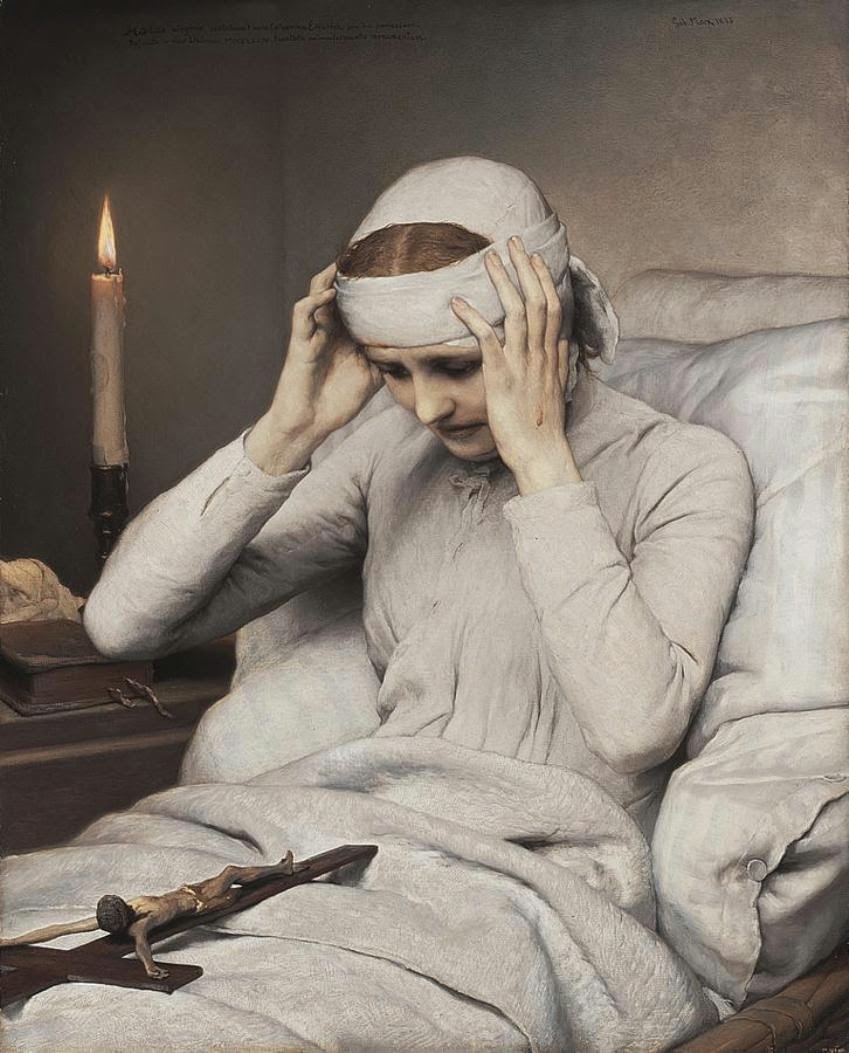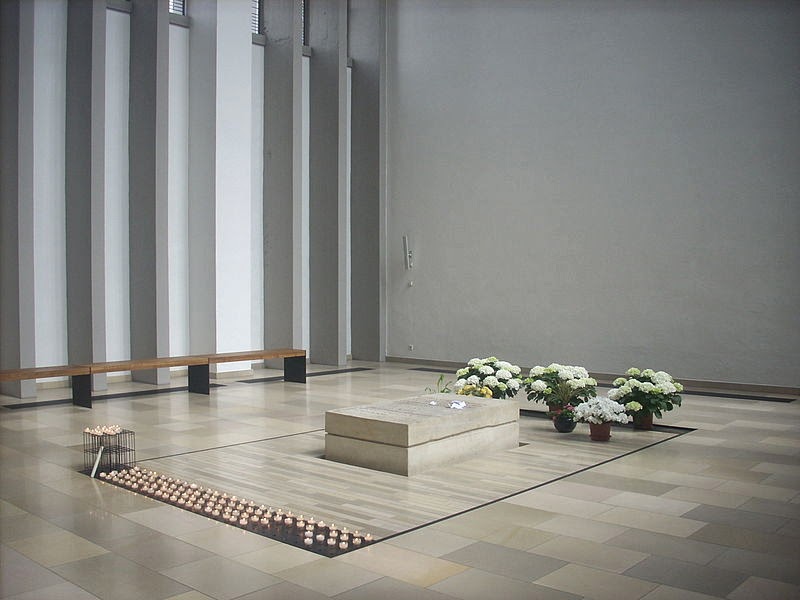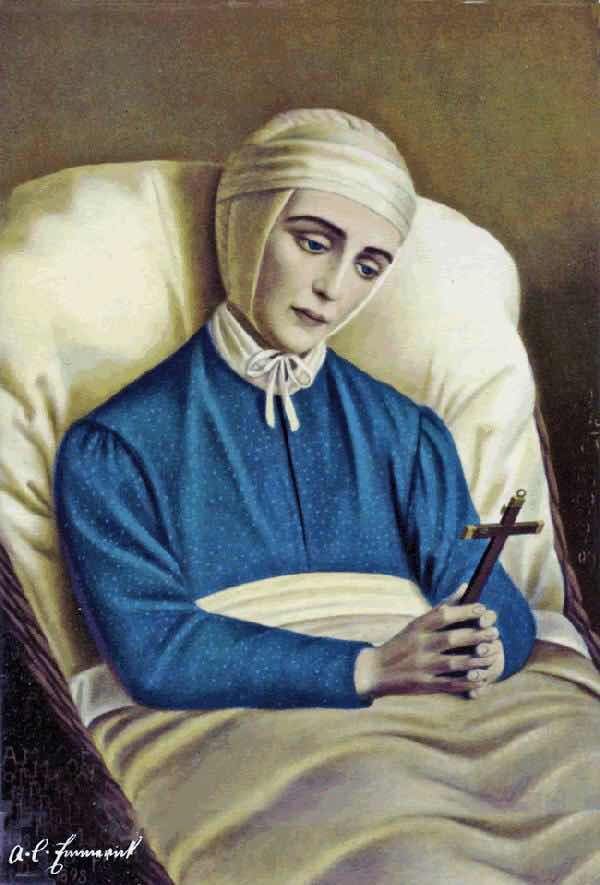“The prayer most pleasing to God is that made for others and particularly for the poor souls.”
Anne was born on September 8, 1774, in Flamschen, near Coesfeld, Germany to poor farmers, and had 9 brothers and sisters. From early on she helped with the house and farm work, had brief schooling, and was drawn to prayer.
At the age of 12, she was bound out to a farmer, working at a large farm, and then shortly after learned to be a seamstress. Even in her childhood the supernatural was so ordinary to her that she thought all of the other children enjoyed the same visions she did and was ridiculed when she spoke of them.
She applied to various convents but was rejected because she could not afford a dowry. Eventually the Poor Clares in Munster agreed to accept her, if she would learn to play the organ. She found that the organist’s family was even poorer than her and gave them what she had saved. She even waited on them as a servant for several years to assist in their needs. Later, one of the organist’s daughters entered the convent with her.
At the age of 28, her and her friend managed to join the Augustinian nuns in Dulmen. She became known for her strict observance of the order’s rule, but she was often quite ill and had to endure great pain. Her zeal disturbed the tepid sisters, who were puzzled and annoyed at her strange powers and weak health, but still able to remain cheerful.
She displayed incredible knowledge when the sick and poor came to the “bright little sister” as she knew their diseases and prescribed remedies that did not fail. She was quick and lively and easily moved to great sympathy by the sight of sufferings of others. She prayed and suffered much for the souls of Purgatory, who she often saw.
In 1812, Jerome Bonaparte, the youngest brother of Napoleon, closed the convent and she found refuge in a poor widow’s home. She became bedridden with her illnesses and began to bear the Stigmata, including the marks of the thorns, which she tried to conceal from others, just as she had with the crosses impressed upon her chest.
She foresaw the downfall of Napoleon 12 years in advance and an episcopal commission to inquire into her life and reality of her visions and signs began, which she dreaded for it’s publicity. The examination was very strict as held by the Vicar-general and 3 physicians and they were convinced of her sanctity.
God granted her prayer, to be relieved of the Stigmata, except on Good Friday’s. The following year, even though she was deathly ill, the government sent a committee to brutally investigate. She was under surveillance day and night for 3 weeks in solitude and they found nothing suspicious.
She began to grow even weaker and died on February 9, 1824, in Dulmen, at the age of 49, when revolution triumphed, impiety flourished, and provinces were overrun by infidels, to the point where Faith seemed almost extinguished.
As she had predicted later in her life, a writer had been sent to record her revelations for the good of innumerable souls. “The Dolorous Passion of Our Lord Jesus Christ, according to the Meditations of Anne Catherine Emmerich” was published several years after her death and spread rapidly.
For God’s Glory.


